Művész: Bernardo Daddi
múzeum: Galleria degli Uffizi (Florence, Italy)
Technika: Tempera
Several versions of this picture are known, all attributed to Gerard David, whose style and painting technique they display. The presentation of the Virgin in the foreground, half turned toward the viewer, allows us to enter the intimacy of this domestic interior, with its window opened onto a contemporary townscape. A basket and a prayer-book taken out of its cover are lying on a console against the wall. To the left, a cupboard carries an earthenware jug and a small bunch of flowers. As an attentive mother, the Virgin delicately takes the soup for her Son whom she is holding seated on her knees. He is dressed in a light linen shirt and is also playing at holding a wooden spoon. This highly realistic representation of a spoon-fed meal is a variation of the theme, more common at the time, of the Virgin nursing the Child. The Child fed by the Virgin is a metaphor of the believer nourished by his mother the Church and by Christ himself. The bread at the front of the scene and the jug on the cupboard are the eucharistic symbols of his body and his blood. The very idea of Christ's incarnation through which humanity has been saved is evoked here.The picture, intended for private devotion, is conceived in a manner typical of the late Middle Ages. By handling the subject as a contemporary scene, the painter abolishes the frontier between the spiritual and the material worlds, calling on the believer to live his faith directly and individually. Conceived for private use, the Virgin and Child with the Milk Soup was probably painted many times over, as testified by other extant versions. The Brussels painting has been produced using a pattern containing the entire composition, which was also applied for another version conserved at Genoa. A variation of this pattern was used for two other versions conserved in New York and San Diego. It would appear that the painter had a basic layout which could be adapted according to his clients' wishes. This phenomenon illustrates the development of the art of the Flemish Primitives, who at the end of the 15th century were faced with growing demand from their bourgeois clients. The various versions coming from Gerard David's workshop suggests that a part of work must have been undertaken by his assistants.
Művész |
|
|---|---|
Letöltés |
|
Engedélyek |
Szabad kereskedelmi célú felhasználásra. Lásd alább. |
Bernardo Daddi – Legnézettebb műalkotások
|
This image (or other media file) is in the public domain because its copyright has expired. However - you may not use this image for commercial purposes and you may not alter the image or remove the watermark. This applies to the United States, Canada, the European Union and those countries with a copyright term of life of the author plus 70 years.
|
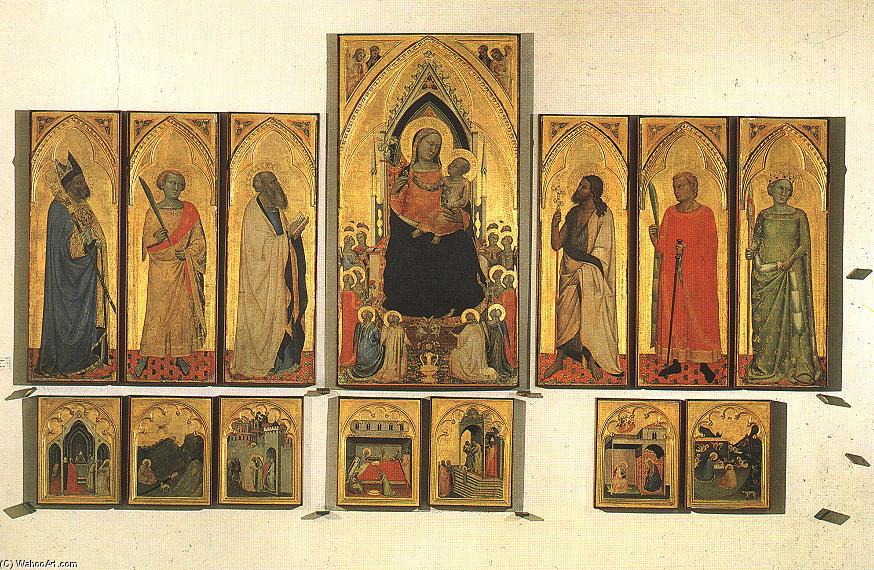
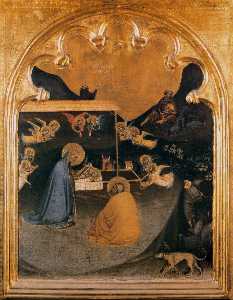
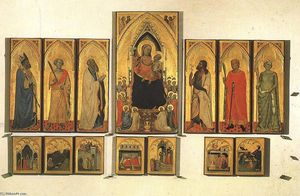

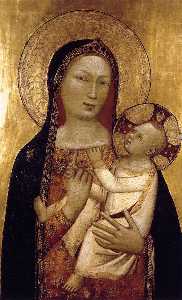
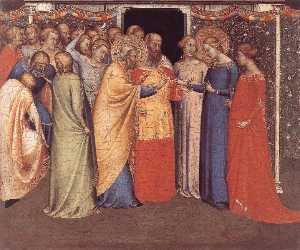
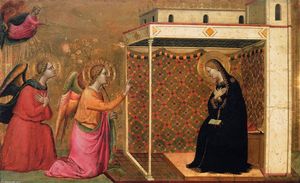
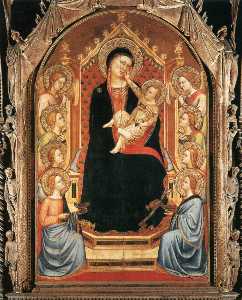

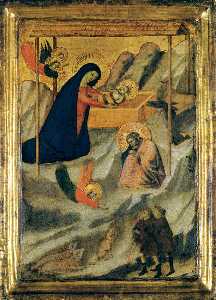
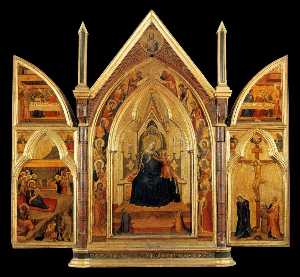

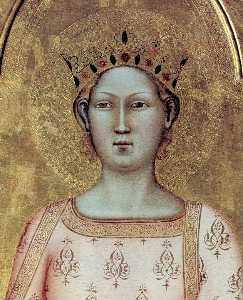
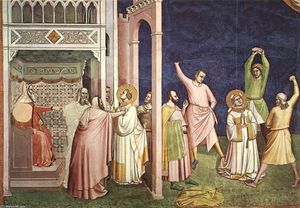

 Note that a few countries have copyright terms longer than 70 years: Mexico has 100 years, Colombia has 80 years, and Guatemala and Samoa have 75 years. This image may
not be in the public domain in these countries, which moreover do not implement the
Note that a few countries have copyright terms longer than 70 years: Mexico has 100 years, Colombia has 80 years, and Guatemala and Samoa have 75 years. This image may
not be in the public domain in these countries, which moreover do not implement the